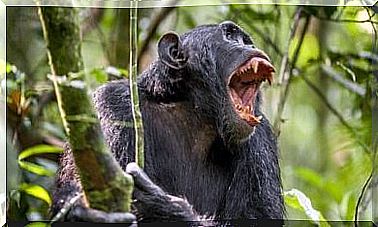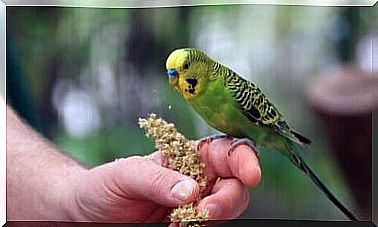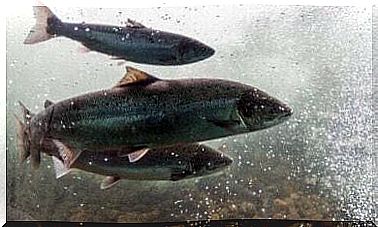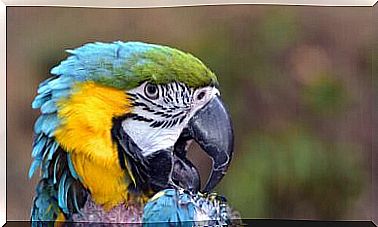The Main National Parks Of Patagonia
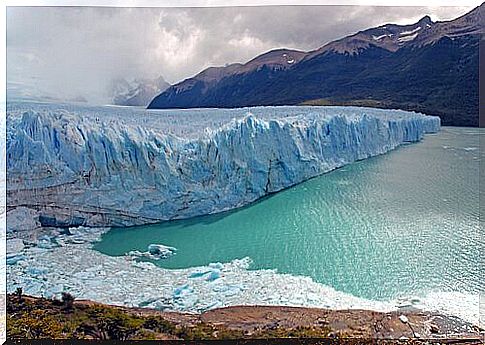
The areas that possess either the status of a national park and reserve have the task of protecting the natural heritage of the regions. In addition, these parks allow us to learn a lot about the history and culture of the environment they protect. This also applies to the national parks of Patagonia.
In this article we will show you some of the national parks of Patagonia , in South America.
Patagonian National Parks: How Many Are There?
The national protected areas in Patagonia are divided between Chile and Argentina and are about twenty, all characterized by a unique biodiversity. These are some of the main ones:
1. Los Glaciares National Park
Located in the province of Santa Cruz, it is one of the largest national parks in Patagonia. In fact, its size exceeds 7,000 km². It was declared a World Heritage Site in 1981, however, its creation dates back to 1937. It is divided into four areas, the best known of which is the one that includes the Perito Moreno.
In the Los Glaciares National Park – photo that opens this article – you can meet many varieties of birds, such as the condor, rhea, ducks, black-necked swan and grebe. The pumas live in the wooded area and the guanaco in the prairie.
2. Los Alerces National Park
This vast area, a Unesco heritage site, is located in the Chubut province and includes numerous lakes and rivers.
This park was created in 1945 and covers an area of approximately 260,000 hectares. Its goal is to protect the larch forests forever, one of the longest-lived trees in the world.
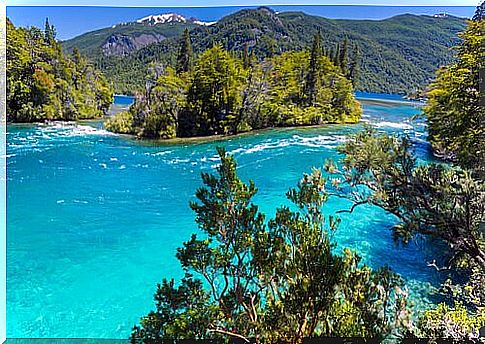
In the Los Alerces National Park, the ecosystem is characterized by an Andean-Patagonian forest. In fact, inside it is possible to see numerous species of birds: the condor, the black woodpecker, the southern parrot, the caracara, the Patagonian thrush, the paloma araucana and the harrier.
The best known fish in the area are trout and salmon. Finally, the mammals present are: the puma, the huemul, the pudu, and species introduced later, such as the deer and the hare.
3. Tierra del Fuego National Park
Of all the Patagonian national parks, this is the southernmost one. In fact, it is located 12 kilometers from the city of Ushuaia, known for being the southernmost in Argentina. Only 2000 hectares are open to the public; the rest (another 65,000) are listed as a reserve.
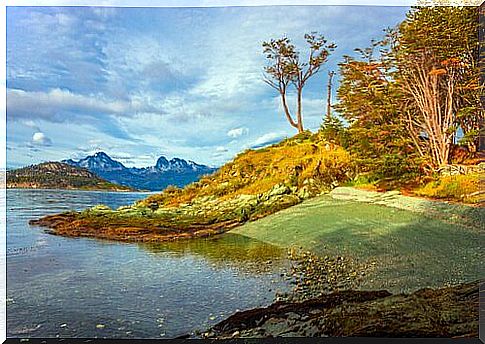
The fauna of the Tierra del Fuego National Park features the guanaco, woodpecker, fox, parrot, cormorant and kingfisher. The muskrat and the beaver were introduced later.
4. Los Arrayanes National Park
Located on the north shore of the famous Nahuel Huapi lake – characterized by a legend similar to that of Loch Ness – it has an area of about 1800 hectares and was created in 1922.
For this reason it is the first in Latin America.
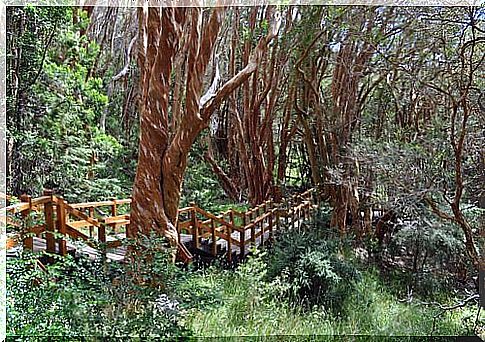
The ecosystem is characterized by dense forests and, clearly, among its trees there is the Chilean myrtle (arrayán), together with the cypress, Nothofagus antarctica and Dombey beech, typical of Patagonia.
Furthermore, the animals that can be observed are: the woodpecker, the cormorant, the pudu, the fox, the mountain warning and the kodkod.
5. Torres del Paine National Park
Obviously, in this list of Patagonian national parks we cannot forget one of the most important in Chile.
The extension of this park reaches 240,000 hectares, is located in the Magallanes region and is characterized by mountains, rivers, lakes, valleys and glaciers.

The biodiversity and beauty of this park have made it one of the most visited in the country, as well as being selected as the Eighth Wonder of the World in 2013.
Due to numerous fires caused by the neglect of visitors, many of its most visited areas have been ruined in recent years.
